Dark circles under the eyes can signal more than just fatigue. Explore potential underlying health issues. Read more.
Dark circles under the eyes are often seen as a sign of temporary issues like lack of sleep or aging. However, persistent or worsening discoloration could indicate deeper health concerns. Before jumping to conclusions, let’s explore the potential causes to address any unnecessary worries.
Thin Skin and Blood Vessels
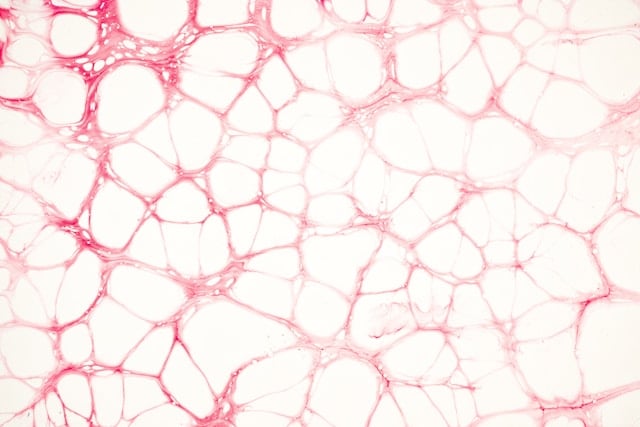
The appearance of dark circles can be linked to the thin skin under your eyes, which reveals underlying blood vessels more clearly. This delicate area, known as the periorbital zone, allows blue or violet light to pass through, making veins appear darker. As you age and your skin loses collagen and elasticity, these veins become more visible. Though this may be aesthetically concerning, it’s usually not a health issue.
Under Eye Hyperpigmentation
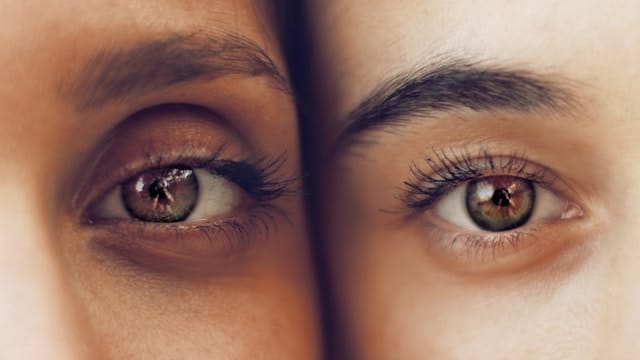
Hyperpigmentation around the eyes can arise from various factors, including sun exposure, genetics, allergies, swelling, hormones, and aging. This condition might be caused by oxidized blood leaking from nearby vessels, leading to darkened skin and swelling. Fortunately, it’s generally harmless and can often be managed with changes in diet and lifestyle.
Under Eye Bags
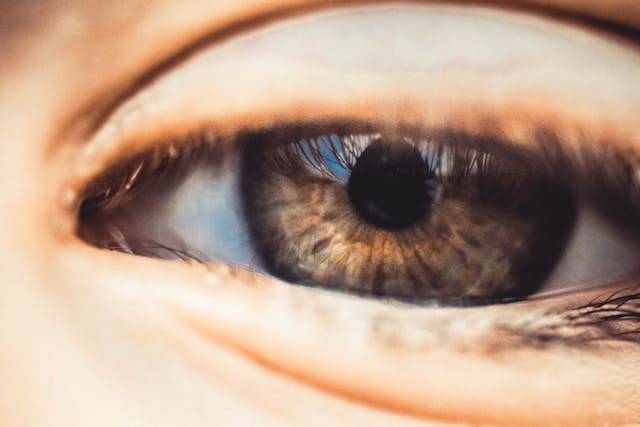
Under-eye bags, or swelling, are common across all age groups. In youth, they might be caused by allergies, illness, or fluid retention. As we age, gravity affects the collagen in the delicate skin, causing it to sag and accumulate fat. Although lack of sleep might worsen puffiness, there is no conclusive scientific evidence linking it directly to the formation of bags.
Under Eyes: Warning Signs of Underlying Health Issues
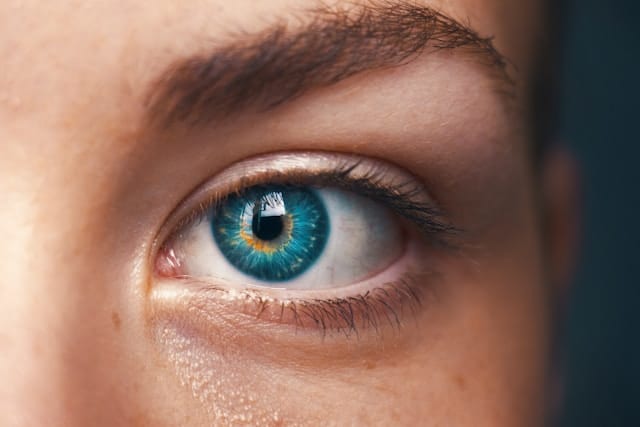
While most under-eye issues are cosmetic, they can sometimes signal internal health problems. Persistent or severe discoloration or puffiness may indicate a need for medical evaluation. Here are some potential health concerns to consider:
Poor Circulation
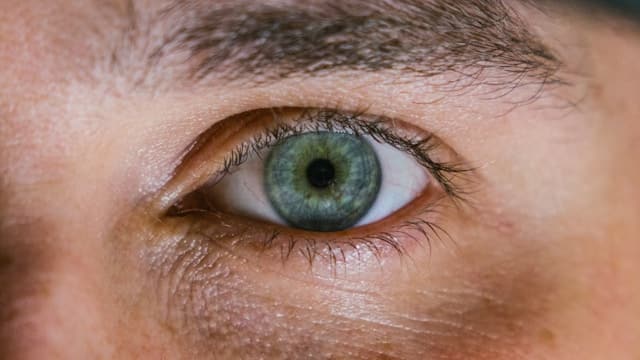
Dark circles and puffiness can sometimes point to poor circulation. To check, gently press on the skin under your eyes. If the area lightens and then darkens as blood flow returns, circulation might be an issue.
Food Intolerances

Dark circles could be linked to food intolerances or allergies. According to the Mayo Clinic, reactions to specific foods, including dairy and preservatives, might contribute to under-eye discoloration. If you’re struggling to identify the cause, consider that food sensitivities could be a factor.
Iron Deficiency
Although dark circles alone do not confirm iron deficiency, symptoms such as fatigue, frequent colds, and dizziness alongside dark circles may indicate anemia. Low iron levels impair hemoglobin production, affecting oxygen transport and leading to discoloration under the eyes. If you experience these symptoms, a blood test is recommended to check your iron levels.
Source: viralstrange






